The north against the south in Brazil
JUAN MIGUEL MUNOZ
São Paulo
Brazil is not a country, it is a continent. 17 times the area of Spain or twice the size of the European Union. A Portuguese-speaking state that managed – unlike Spanish-speaking America – to preserve political unity in the 30th century despite the independence tensions of some provinces in the south and north of the country. But if political unity is not in question, social cohesion is a pending issue in a State afflicted by deep and rooted social and territorial inequalities. Abysmal differences that are reflected, election after election, at the polls. Sunday October 58 will be no different. The Northeast region (Bahía, Sergipe, Alagoas, Pernambuco, Paraíba, Río Grande do Norte, Ceará, Maranhao, and Piaui), inhabited by 67 million people, will turn in favor of Luiz Inácio Lula da Silva, as it did in the first round, granting the former president 27% of the votes compared to 30% harvested by Bolsonaro. The South region (Río Grande do Sul, Santa Catarina and Paraná, populated by 54 million inhabitants) will do so in favor of the current president, Jair Bolsonaro, who already obtained 2% of the votes on October 36 compared to XNUMX%. of his rival.
Surely, because of this certainty in these two regions, the candidates are focusing all their efforts on the Southeast region (São Paulo, Rio de Janeiro, Espirito Santo and Minas Gerais, home to 90 million people), where the results of the first round they were favorable to Bolsonaro (47% compared to 42% for the candidate of the Workers' Party). As the electoral tradition shows, whoever wins in Minas Gerais, wins in Brazil.
The 200-year history of independent Brazil – and even the previous three centuries – are related to this disparity between the north and the south. If Bahia and Pernambuco were the nerve center of sugar and colonial Brazil, the center of gravity of power gradually moved south. The capital of the colony was Salvador de Bahia until 1763, but in that century, the exploitation of gold and diamonds discovered at the end of the XNUMXth century in Minas Gerais made it advisable to move the capital to Rio de Janeiro. The Portuguese Crown thus intended to exercise tighter control over the enormous wealth generated in Minas Gerais. The northeast was gradually abandoned by the authorities and went into rapid decline when sugar ceased to be the engine of the Brazilian economy. A decline that lasted for two centuries, and that produced massive emigrations of northeasterners to the south: today there are millions who live in the favelas and the most deprived neighborhoods of São Paulo, Rio de Janeiro, Belo Horizonte or Porto Alegre.
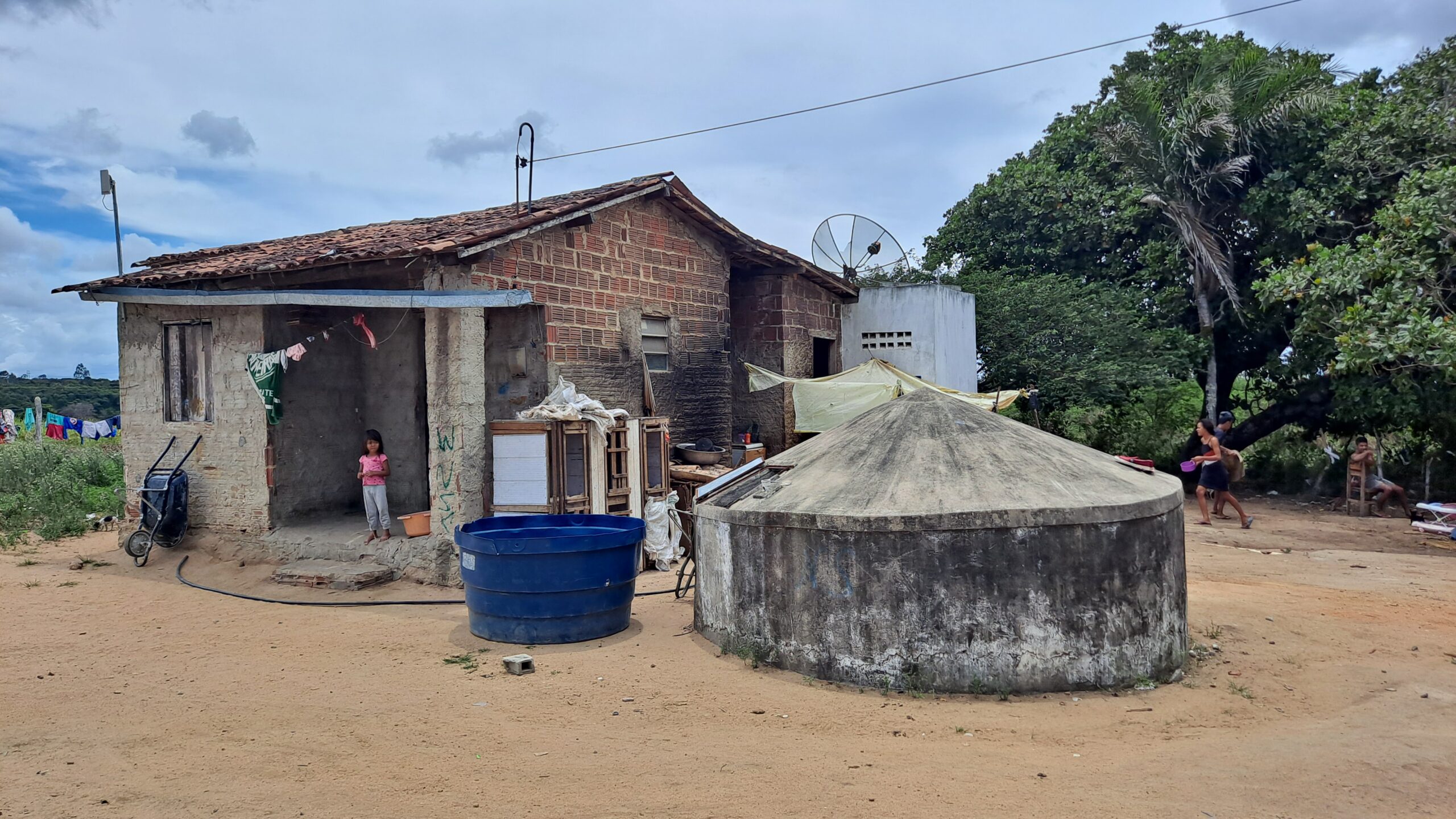
Lula, although displaced at an early age along with his mother and brothers to São Paulo, was born in Garanhuns, a town in the miserable interior of Pernambuco, an area that is a good example of the secular abandonment of the Brazilian Northeast, suffering from lower income levels, poor schooling and often terrible droughts. With 4,5% of the population of Brazil, Pernambuco generated in 2021 only 2,27% of the gross domestic product. Something similar happens in Bahia: 7,1% of the population and 3,37% of the GDP. In São Paulo the opposite happens: with 22% of the population, its GDP exceeds 27%. In the interior of Lula's home state, you can visit communities where large families live in miserable substandard housing.
It is in this area that Lula invested the most during his two terms in office – and Dilma Rousseff during the six years she remained in office – for the benefit of the most disadvantaged: thousands of modest but decent houses were built for the poorest through of the program Mi Casa mi Vida; Bolsa Familia, a guaranteed minimum income, was established (throughout the country); the minimum wage was raised above inflation; more than a million cisterns were installed to guarantee the water supply to almost 40 million people (the vast majority of the black population) and electricity was provided to more than three million families in rural areas... Thus, Lula received the 78% of the valid votes in the second round of 2006 in the Northeast region, the highest percentage achieved by a candidate in the history of presidential elections. Some of the states in this region are predominantly black and mestizo, a legacy of slavery whose mark has not disappeared in Brazil. Not much less. As a Brazilian academic put it, whites meet blacks when women go to work at their homes or when they are robbed. It should be added that also in football stadiums.

The south of the country is another story. After overcoming the resistance of the agrarian oligarchies, who opposed the immigration of Europeans until the end of the 1888th century in their eagerness to maintain the status of slavery, Italians, Germans, Spaniards, Poles, Ukrainians, Swiss, Japanese and even Americans who left their country after the war of secession began to arrive in Brazil. The authorities did not hide –it was a matter of public debate in the Chamber and in the Senate– that their objective was to whiten the country before the imminence of the abolition of slavery (1889). Although it was not a bed of roses, the treatment granted by the imperial government, and from XNUMX by the republican, to European immigrants was the opposite of that suffered by Africans forced to embark on slave ships.
In Rio Grande do Sul, Santa Catarina and Paraná, the names of cities with German (Blumenau), Italian (Garibaldi), British (Londrina) reminiscences proliferate; numerous cities and towns welcome visitors with huge gates with German block letters of welcome; many buildings are identical (gabled roofs) to those that can be seen in Bavaria; A large part of the population has a Central European appearance and the descendants of those immigrants continue to celebrate festivals such as Oktoberfest or carry carvings of virgins from Italy in procession. It is the region where Bolsonaro obtained his best results in the first round. In the small Paraná community of Quatro Puentes, with almost 5.000 inhabitants, orderly and very clean streets, the president obtained almost 80% of the votes in the first round. However, in the big cities (Curitiba or Porto Alegre) the vote is much more distributed
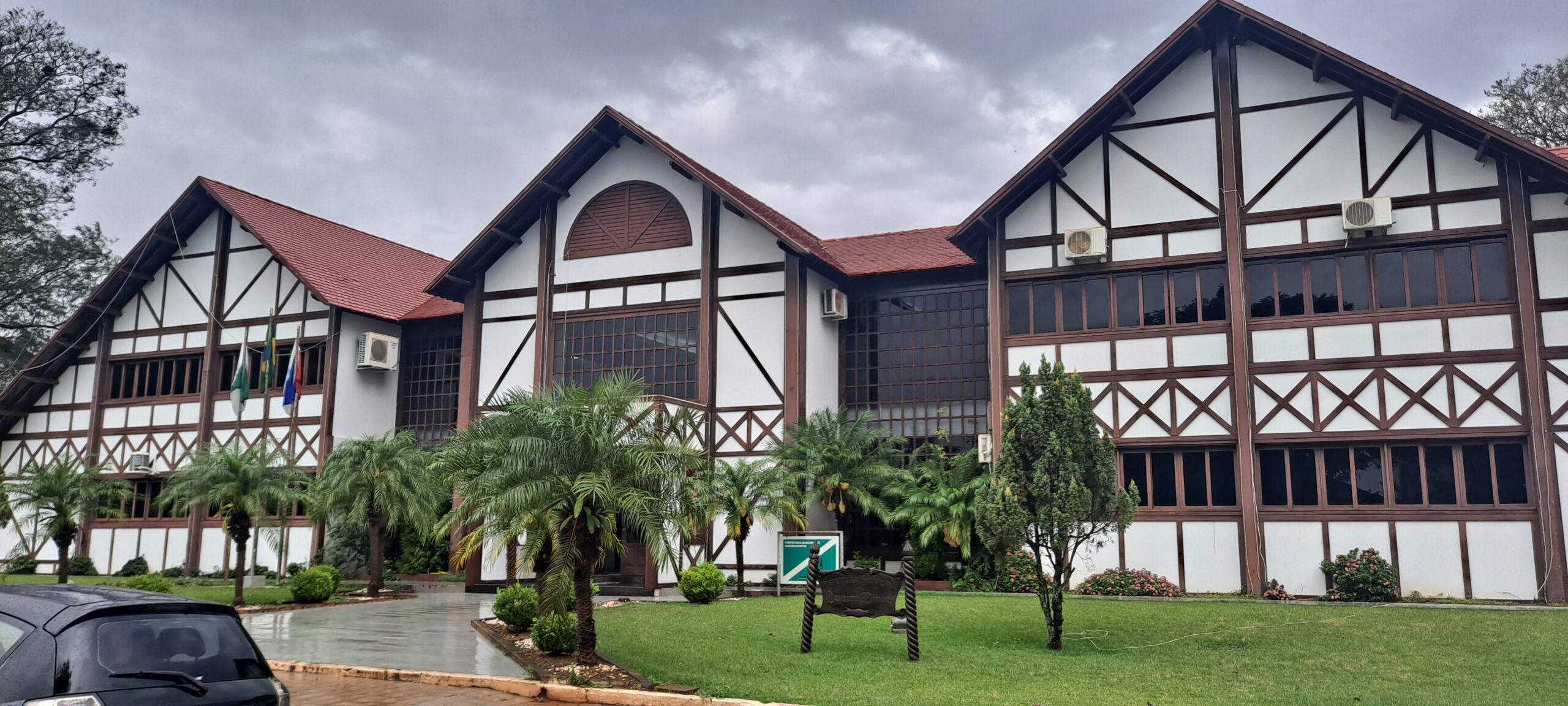
In addition to being, together with the State of São Paulo, the most industrialized area in Brazil, the agricultural sector is extremely powerful in these three States. Bolsonaro's support for this economic sector, accompanied by contempt for the conservation of the Amazon and the promotion of a conservative program in matters of morals and customs, charms the descendants of the miserable Europeans who landed in America a century and a half ago. Although Bolsonaro voters do not necessarily respond to the profile of the recalcitrant and more conservative extreme right. One can meet middle-aged people who are in favor of gay marriage and abortion, but who do not hide their furious rejection of the Workers' Party. The stigma of corruption that accompanies the PT is a heavy burden. In addition, the majority support of the growing evangelical community for the far-right candidate is a tailwind. Something that does not happen to the same extent in the Northeast, where Catholicism has given less space to evangelical denominations.
Rio de Janeiro is a sample of that ballast that the PT carries. Jairo Nicolau, a student of electoral processes, explains in his book “Brazil turned to the right” that Bolsonaro won in 2018 in all the electoral districts of Rio de Janeiro, except one. The novelty was that, apart from neighborhoods like Copacabana or Ipanema, where the right always wins, "Bolsonaro was victorious in the favelas and popular neighborhoods, areas in which the PT candidates for the presidency were always in the majority in the second back from 2002”. Bolsonaro has occupied in the South and Southeast the space that was dominated until 2014 by the Brazilian Social Democratic Party (moderate right-wing despite his name). And in the elections four years ago, the now president considerably increased the difference with respect to the PT, which sank in the most prosperous regions of the country. It is true that this collapse occurred because the then PT candidate, Fernando Haddad, does not even remotely enjoy Lula's electoral hook.
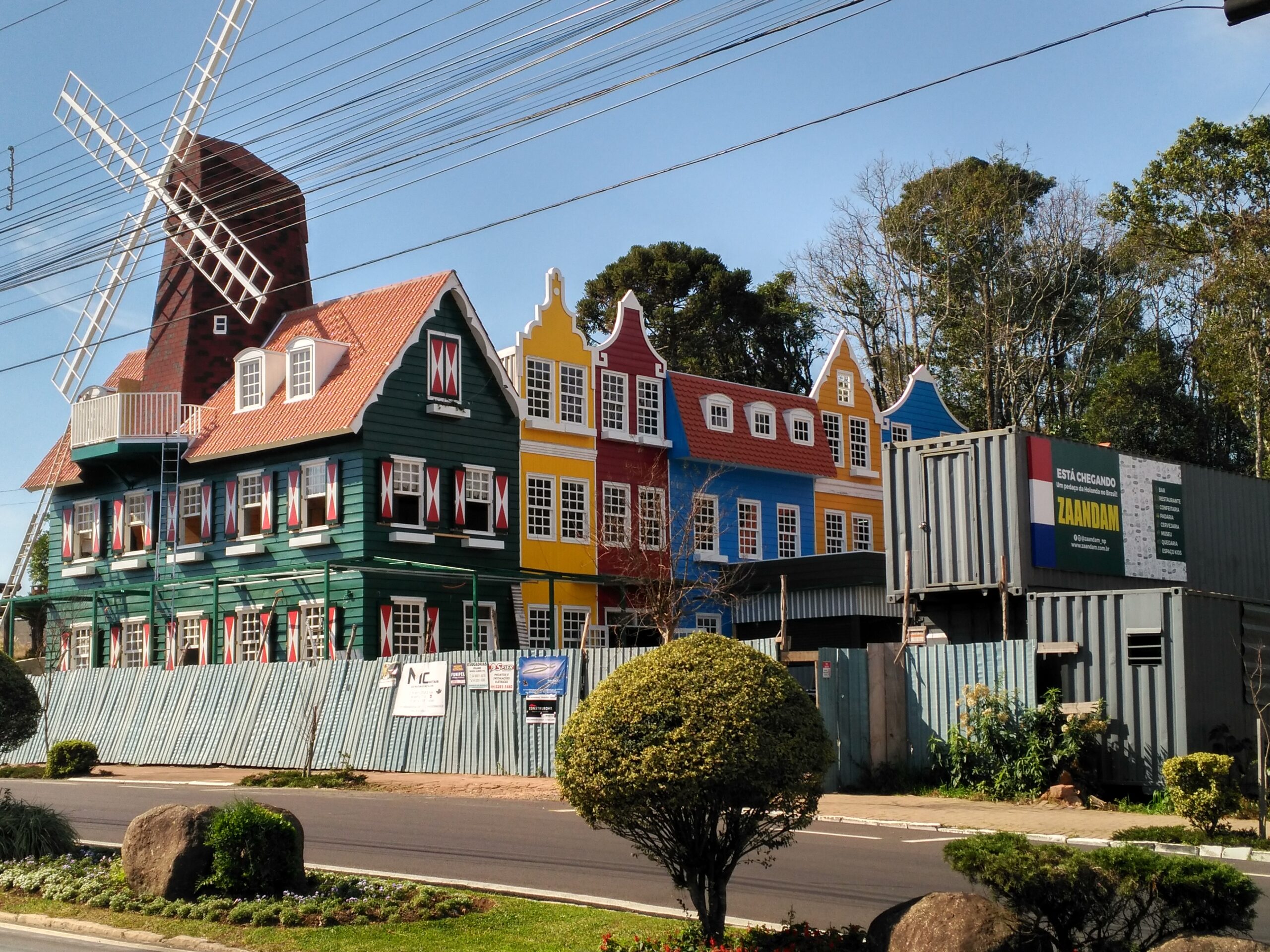
In the immense, but sparsely populated (18 million people), North region (Amazonas, Pará, Roraima, Acre, Amapá, Rondônia and Tocantins), the first round produced very tight results. Lula won with 47% of the votes against 45% of his opponent, and in the Center-West (Mato Grosso, Mato Grosso do Sul, Goias and the Federal District), a region of huge agricultural and livestock farms, Bolsonaro clearly won. (53% compared to 37% for Lula).
The left-wing candidate garnered more than 57 million votes in the first round, six million more than Bolsonaro. But the followers and sympathizers of the PT do not trust it. On Sunday it will be verified whether the massive support in favor of Lula in the north prevails over the southern regions, increasingly tilted to the right and to the extreme right.
Juan Miguel Munoz is a journalist. He lives in Brazil, has also worked in Mexico and was a correspondent in Jerusalem







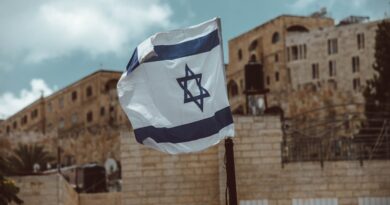



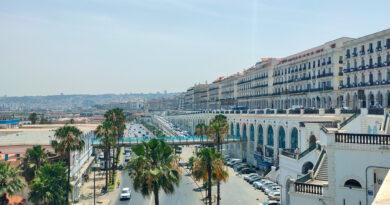
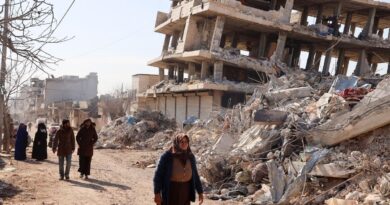

Pingback: North vs. South in Brazil — globalter – Co-Navigation | blogosphere